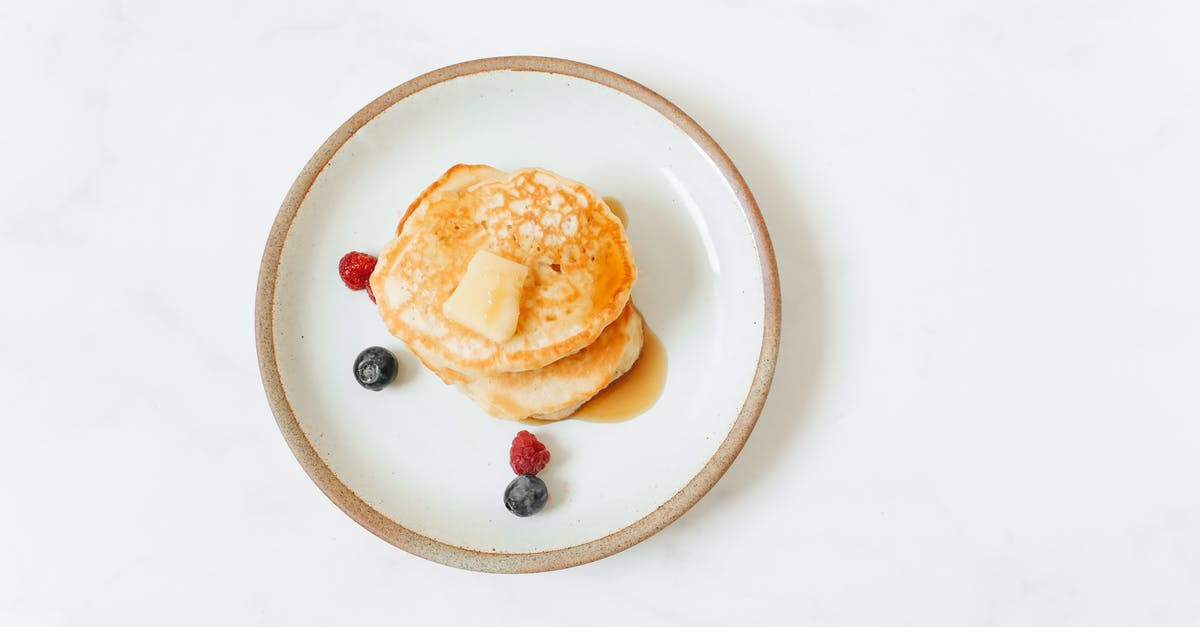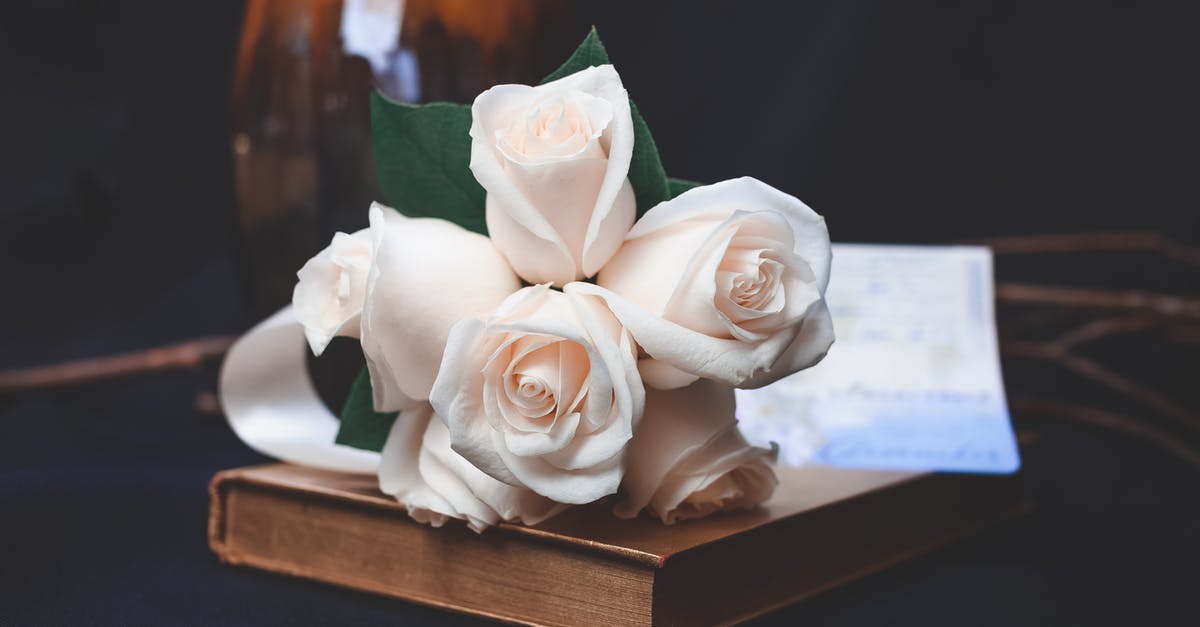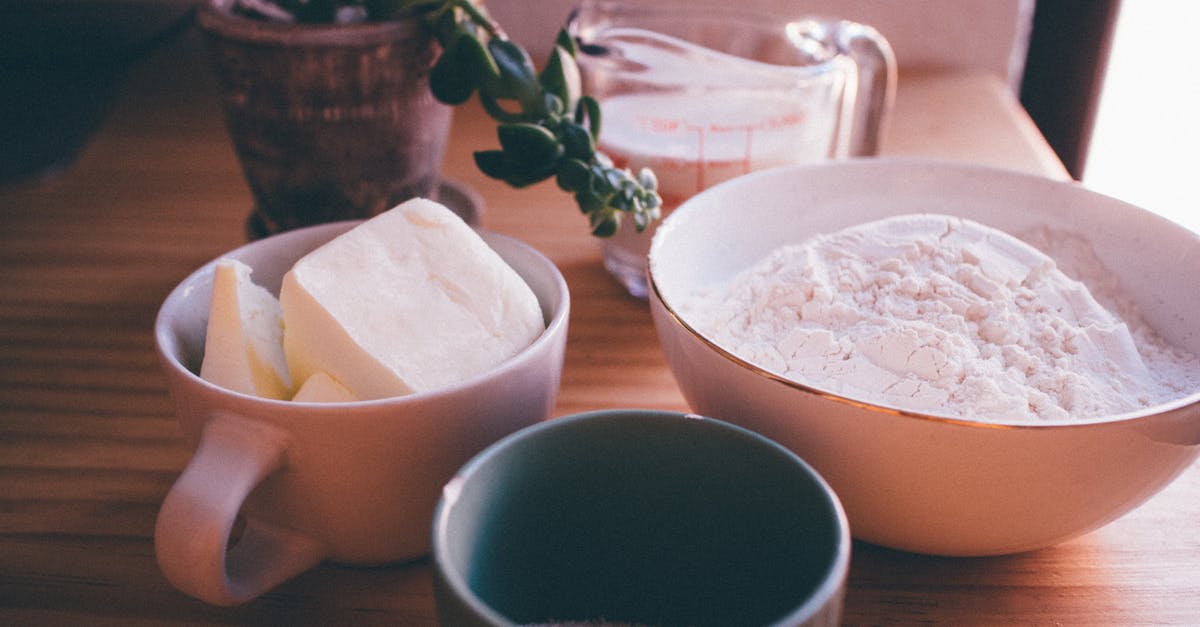Butter spatters more than others

I usually use one kind of unsalted butter from the grocery store but my wife bought another brand for no known reason. I heated a tablespoon in a pan today and noticed it spattered far more than my usual brand which, to me, indicates more water content in the butter. Agreed? (EDIT: Yes it's true.)
Which leads to my question, what does that say about the quality of the butter if anything?
Both companies are well known brands with good reputations.
Best Answer
Well, it seems you answered your own question, though you then expand this question of fat content to "quality."
"Quality" of butter is subjective. It depends a lot on application. Higher fat does not necessarily mean better flavor or better performance (particularly as an ingredients in things like baking). See, for example, this article, which discusses the ranking of butter in a number of applications. Fat content varied from 80% to about 86%, but that wasn't highly correlated with superior results. The tasters' opinions there came down in favor of the lower-fat butter for applications like pound cake (where they claimed more steam from the higher-moisture content added to lift) and buerre blanc (where they claimed the excess fat unbalanced the flavors of the sauce).
But I think this is probably more evidence that American recipes are likely calibrated to assume butters on the lower edge of spectrum, around the legal minimum of 80% butterfat content.
Anyhow, my personal experience is that processing matters a lot more than butterfat content. In particular, I generally taste a strong difference between cultured vs. "sweet cream" butters. And salt content can make a huge difference. But another thing that came up is storage/wrapping, as fat tends to absorb odors and other flavors, as mentioned in the above article and in a Cook's Illustrated review article that also ranked butters in various applications. I find it interesting that this article is available on the Vermont Creamery website, which makes a big point of how it has the "highest butterfat content you can obtain when making butter" of 86%; even they are posting an article whose title is basically that butterfat may not matter as much as other factors.
(By the way, I'd personally disagree with the CI characterization of cultured butters in general as having "artificial, margarine-like" flavors. But everyone has their own preferences, and I think American palates have shifted to expect "sweet cream" butter.)
Pictures about "Butter spatters more than others"



Quick Answer about "Butter spatters more than others"
More splattering means higher water content. Higher water content means reduced fat which means reduced flavor. NY Times article: Chefs like the butter for its low water content and rich flavor.Why is my butter splattering?
Butter contains a good 13 to 17% water, which has to go before the fat's temperature can rise enough to brown the milk proteins. Once the butter reaches a temperature of 212\xb0F, the water in the butter starts to evaporate much more quickly. As a result the butter will start to bubble and splatter dramatically.Why does my butter look watery?
Yes, your butter contains water - which is perfectly normal. While oil is 100% fat, butter is only around 80%1 fat plus some protein and ca. 15% water.LOL Surprise DIY Famliy SPLATTERS Fun Craft With Barbie and Ken LOL Families Cupcake Squad
More answers regarding butter spatters more than others
Answer 2
More splattering means higher water content. Higher water content means reduced fat which means reduced flavor.
Chefs like the butter for its low water content and rich flavor. Instead of being 80 percent fat, the minimum required by the Government since 1923, Plugra is 82 percent fat.
Related Washington Post article
My spattering butter was Oberweiss. My regular butter for frying is Land O'Lakes.
Sources: Stack Exchange - This article follows the attribution requirements of Stack Exchange and is licensed under CC BY-SA 3.0.
Images: Daniela Constantini, Polina Tankilevitch, Craig Adderley, Monserrat Soldú
